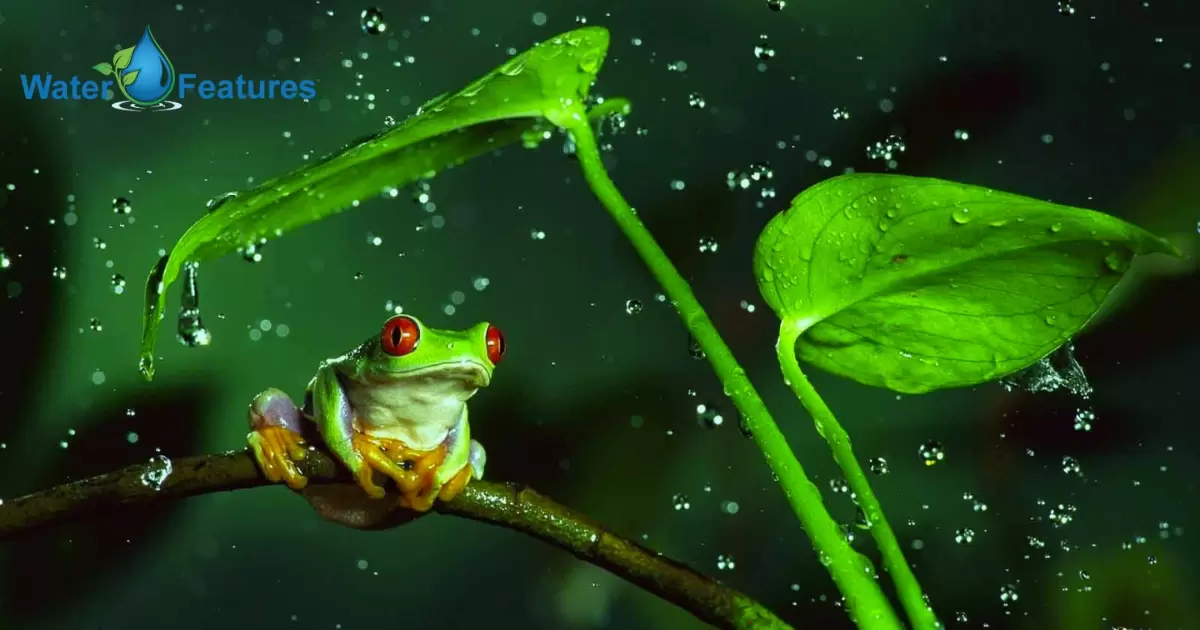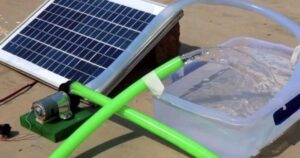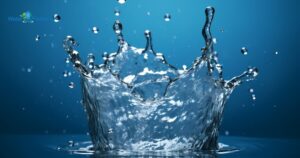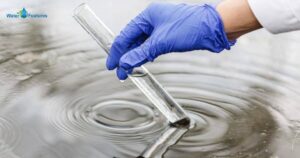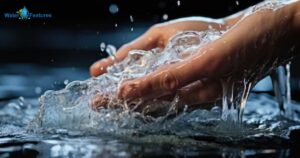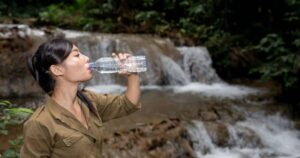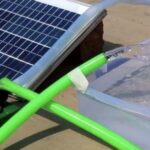In the world of herpetology, frogs have always been captivating creatures. Their vibrant colors, unique adaptations, and crucial role in various ecosystems make them subjects of extensive research. What does tap water do to frogs? To embark on this journey of understanding, let’s first define the key terms involved, introduce an intriguing perspective, and shed light on the essential context.
Frogs, belonging to the Anura order, are amphibians characterized by their smooth, moist skin, powerful hind legs, and remarkable ability to jump. They play a vital role in ecosystems by controlling insect populations and serving as both predator and prey. Imagine, for a moment, that you are in your backyard, listening to the enchanting chorus of frogs on a warm summer night.
These tiny amphibians create a symphony of sounds that resonate through the night air, setting the scene for a tranquil evening. Tap water, often taken for granted as a readily available resource, has a more intricate story to tell. It is sourced from various places, treated with chemicals, and subjected to a rigorous filtration process before it reaches our homes.
Is Water Sourced From Outdoors Safe For Frogs?
Water sourced from outdoors can be both a haven and a hazard for frogs. It’s essential to consider where this water comes from. Natural, pristine water bodies like ponds, streams, and wetlands are typically safe for frogs, providing them with suitable habitats. If this outdoor water becomes contaminated with pollutants, chemicals, or toxins, it can pose a significant threat to frog populations.
Human activities, such as industrial runoff and pesticide use, can introduce harmful substances into these outdoor water sources, potentially harming the frogs that depend on them for survival. While outdoor water can be a vital lifeline for frogs, it’s crucial to protect these sources from contamination to ensure the well-being of these delicate amphibians.
Cleaned Water Generally Lacks Minerals Frogs Need
Cleaned water, often from the tap, lacks essential minerals frogs need for their health. This can be problematic for frogs for several reasons
Mineral Imbalances
Cleaned water typically contains fewer minerals, which can lead to imbalances in the frog’s body.
Electrolyte Regulation
Frogs require minerals like calcium and magnesium for proper electrolyte balance, crucial for nerve and muscle function.
Bone Health
Insufficient minerals can affect bone development and maintenance in frogs, making them more vulnerable to injuries.
Metabolism
Adequate minerals are needed for metabolic processes that keep frogs healthy and active.
Reproduction
Mineral deficiencies can hinder the frogs’ reproductive success, impacting their populations.
How to Make Tap Water Safe for Frogs
To make tap water safe for frogs, you can start by using a water conditioner or dechlorinator. This helps remove harmful chlorine and chloramine from the water. Also, let the tap water sit for a day or two before adding it to a frog habitat, allowing the chlorine to naturally dissipate.
It’s essential to ensure that the water temperature matches the frog’s habitat, and using a water filter can help remove impurities. Regularly monitoring water quality and conducting water changes when needed will maintain a safe environment for your frog friends.
Use a Dechlorination Agent
When using tap water for your aquarium or to water your plants, it’s important to consider using a dechlorination agent. This handy chemical helps remove chlorine and chloramine, which can be harmful to fish and other aquatic creatures.
Let the Water Sit for a Few Days
If you let the water sit for a few days, it can be a good idea. When water sits, it gives a chance for some things to settle down. It’s like letting the dust settle. This can help make the water clearer and taste better.
Boil the Water and Let It Cool
Boiling water and letting it cool is a simple yet effective way to ensure it’s safe to drink. When you boil water, you kill harmful bacteria and germs that might make you sick. After boiling, wait for it to cool down before you use it. It’s a quick and easy method to make sure the water you drink is clean and safe.
Why Frogs Cannot Drink Tap Water Straight From The Tap
Frogs cannot drink tap water straight from the tap for several important reasons. Tap water often contains chlorine and chloramine to kill harmful bacteria, which can be harmful to frogs.
Heavy metals and other contaminants in tap water may pose health risks to these sensitive amphibians. Frogs have permeable skin, making them vulnerable to chemicals in water.
Tap water may disrupt frogs’ endocrine systems, leading to malformations and reproductive issues. The ecological consequences are significant, affecting predator-prey dynamics and the broader ecosystem. In essence, tap water isn’t suitable for frogs due to its chemical composition and potential harm to their health and habitat. Here are some points to help us
- Sensitivity to chemicals
Frogs have permeable skin that makes them vulnerable to chlorine and chloramine in tap water.
- Health risks
The chemicals in tap water can weaken their immune systems and make them susceptible to diseases.
- Endocrine disruption
Certain contaminants in tap water can interfere with the frogs’ endocrine systems, affecting their growth and reproduction.
- Environmental impact
Frogs are key parts of ecosystems, and harming their populations can disrupt entire food chains.
- Conservation importance
Protecting frogs from tap water contaminants is vital for both their survival and the health of our environment.
Alternatives to Tap Water
When it comes to alternatives to tap water, there are several options to consider
Well Water
Well water is sourced from underground aquifers and can be a reliable alternative to tap water. It is typically free from the chlorine and chemical treatments found in tap water, making it a natural choice for those seeking a more organic water source.
Pond, Lake, and River Water
Water from ponds, lakes, or rivers can be a tempting option, especially in rural areas. These sources are generally untreated and can offer a more natural taste. They may carry the risk of microbial contamination and pollutants, so thorough filtration and purification are necessary before consumption.
Rainwater
Rainwater harvesting is an eco-friendly alternative to tap water. It involves collecting rainwater from rooftops in tanks or cisterns. Rainwater is naturally soft and has a low mineral content, making it suitable for various household uses.
Bottled Water
Bottled water is a convenient alternative to tap water, readily available in various forms. While it undergoes strict quality control, the environmental impact of plastic bottle waste is a concern.
Water Not Recommended for Frogs
Chlorine
Frogs have sensitive, permeable skin, making them susceptible to the chlorine often present in tap water. Chlorine, used to disinfect water, can irritate and harm frogs when they come into contact with it. This can affect their health and well-being.
Heavy Metals
Water contaminated with heavy metals like lead, copper, and zinc poses a severe threat to frogs. These toxic substances can leach into water sources and poison frogs, leading to detrimental effects on their physiology and survival.
Chemical Fertilizers and Pesticides
Chemical fertilizers and pesticides, commonly found in water due to agricultural runoff, can disrupt frogs’ reproductive systems and overall health. Exposure to these chemicals can lead to deformities and decreased reproductive success in frog populations.
Fluoride
Elevated levels of fluoride in water can negatively impact tadpole development. This can result in developmental abnormalities and reduced survival rates among frog offspring.
Water Temperature
Frogs are ectothermic creatures, meaning their body temperature is regulated by their surroundings. Elevated water temperatures, often caused by climate change or urbanization, can stress frogs and disrupt their metabolic processes, making it challenging for them to thrive.
| Aspect | Implications for Frogs |
| Water Source | Natural water bodies are safe; pollution is a threat |
| Mineral Deficiency in Cleaned Water | Use a de-chlorinator, match temperature, and filter water |
| Making Tap Water Safe | Use a de-chlorinator, match temperature, filter water |
| Tap Water Chemicals | Chlorine and chloramine can harm frogs |
| Health Risks | Weakened immune systems and increased susceptibility |
| Endocrine Disruption | Can cause malformations and reproductive issues |
| Ecosystem Role | Integral as predator and prey; affects food chains |
| Indicator of Environmental Health | Sensitive species indicating overall environmental health |
| Conservation Strategies | Habitat restoration, education, and advocacy |
Will Tap Water Kill Frogs?
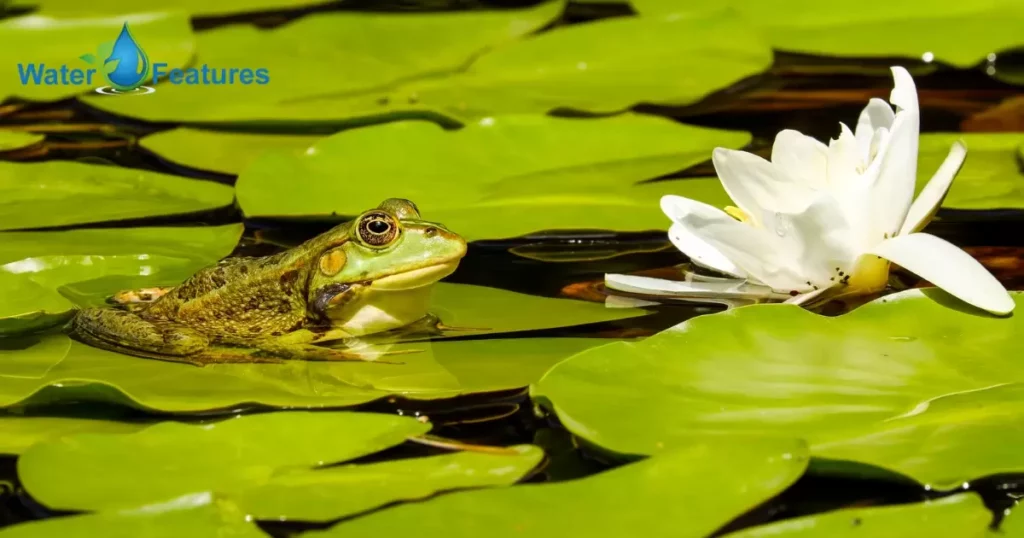
Tap water is treated with chemicals like chlorine and chloramine to eliminate harmful bacteria, making it safe for human consumption. However, these chemicals can potentially harm frogs because they have permeable skin. Exposure to these chemicals can affect the delicate balance of their internal systems, leading to health issues.
Susceptibility to Diseases
Frogs may become more susceptible to diseases like the chytrid fungus when exposed to tap water contaminants. This fungus has been a major factor in the global decline of frog populations. Chemicals in tap water could weaken their immune systems, making them more vulnerable to this deadly pathogen.
Endocrine Disruption
Certain chemicals in tap water act as endocrine disruptors, interfering with the frog’s endocrine systems. This disruption can result in malformations, reproductive issues, and even sex reversal in amphibians. Understanding how tap water affects these vital physiological processes is crucial in assessing its impact on frog populations.
Role in Ecosystems
Frogs are integral to ecosystems as both predator and prey. They help control insect populations and are a food source for various animals. Any disturbance in their populations, caused by tap water contaminants, can trigger a ripple effect throughout the food chain, potentially leading to imbalances in ecosystems.
Ecosystem Engineering
Frogs are often referred to as “ecosystem engineers” because their activities, such as burrowing and tadpole grazing, shape the habitats they inhabit. Changes in frog populations due to tap water contaminants could lead to unexpected alterations in these ecosystems, affecting other species and the environment as a whole.
Indicators of Environmental Health
Frogs are highly sensitive to changes in their environment, making them valuable indicators of overall environmental health. Monitoring their populations and health can provide crucial insights into the state of ecosystems. Understanding how tap water may harm frog populations is not only about their well-being but also about assessing the health of the natural world.
Water Quality Monitoring
Mitigating the impact of tap water on frogs requires rigorous water quality monitoring programs. Regular assessments of water sources, treatment processes, and the presence of contaminants can help identify and address potential threats to frog habitats.
Habitat Restoration
To counteract the loss of natural habitats, habitat restoration projects are vital for protecting frogs. Efforts should focus on preserving wetlands, ponds, and other critical ecosystems where frogs thrive. These initiatives can create safe havens for frogs to breed and flourish.
Education and Advocacy
Raising public awareness about the potential harm tap water can cause to frogs is essential. Education and advocacy efforts can lead to changes in water treatment methods and encourage individuals to reduce water pollution. The support of local communities and policymakers is crucial for the success of these conservation endeavors.
Conservation Imperative
The interconnectedness of all living beings and the environment is crucial to our understanding. As we navigate the challenges of our modern world, let us make informed choices and support conservation initiatives to ensure that the enchanting chorus of frogs on summer nights remains a harmonious part of our ecosystem.
FAQ’S
How does water affect frogs?
Water can significantly affect frogs as they have permeable skin, making them sensitive to water quality.
What does chlorine do to frogs?
Chlorine, commonly found in tap water, can harm frogs by irritating their sensitive and permeable skin.
Can frogs live in dirty water?
Frogs can survive in some dirty water conditions, but their ability to thrive depends on the extent of water pollution.
How do frogs react to salt water?
Frogs do not typically react well to saltwater. Their skin is highly permeable, and exposure to saltwater can lead to dehydration, as it draws moisture out of their bodies.
Conclusion
In conclusion, the question of what tap water does to frogs is a critical concern that warrants our attention. While tap water treatments are indispensable for human safety, they inadvertently introduce potential risks to frog populations and their habitats. The intricate web of interactions between frogs, their ecosystems, and the water we consume necessitates our collective responsibility to mitigate these risks through conservation efforts and water quality monitoring.
